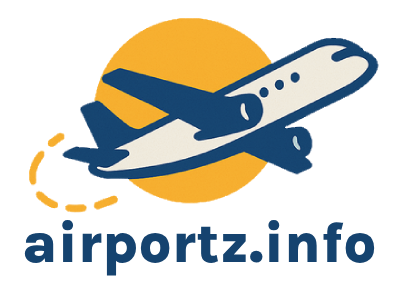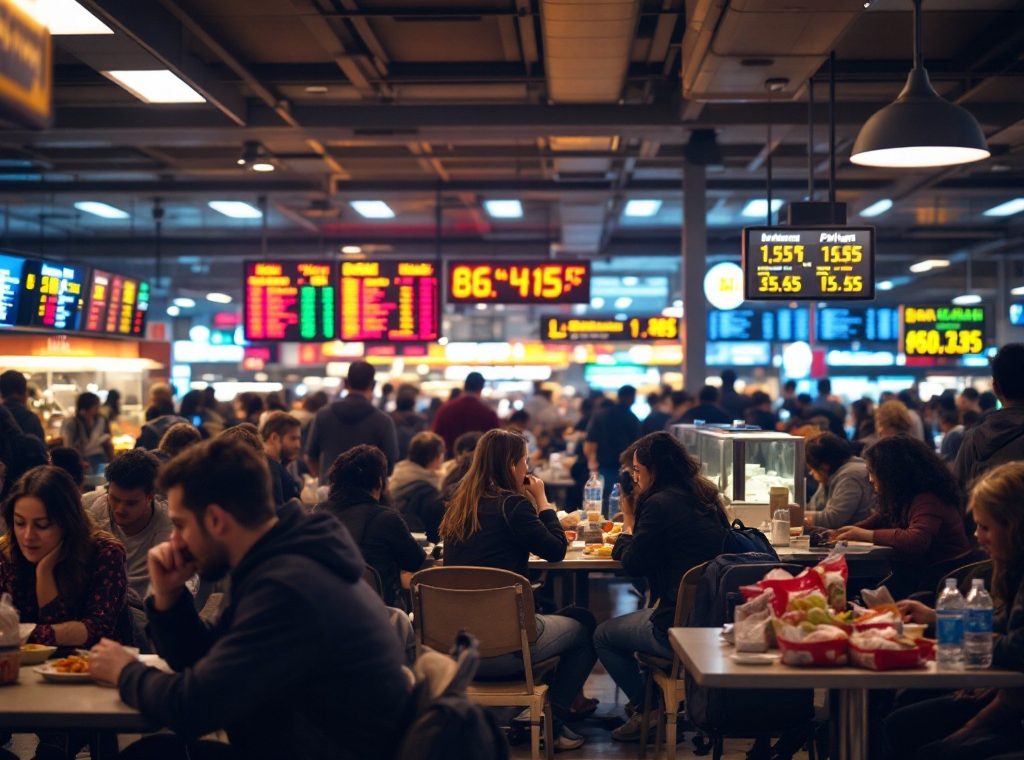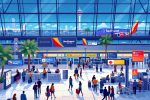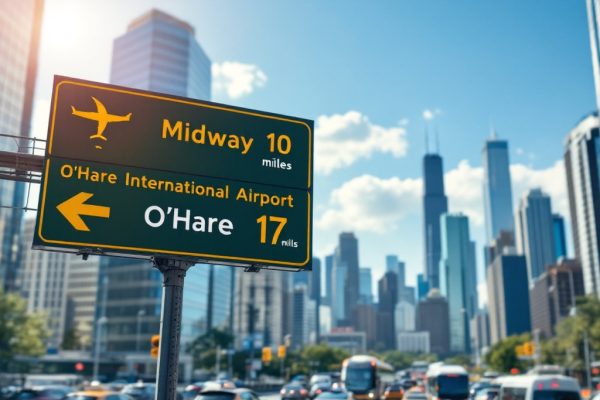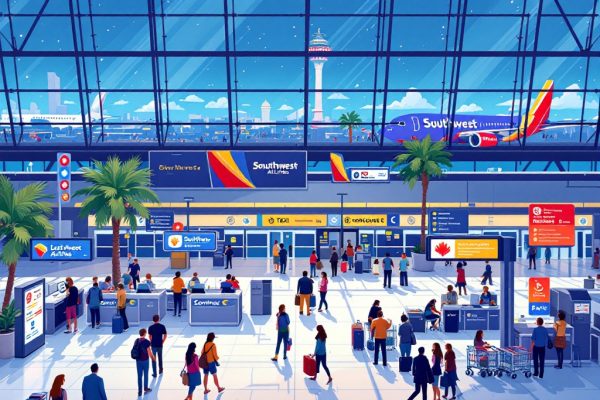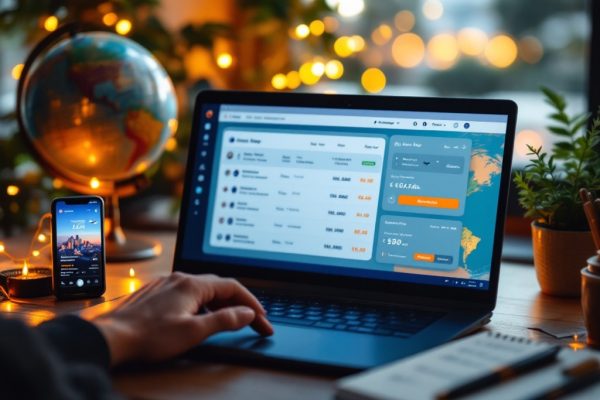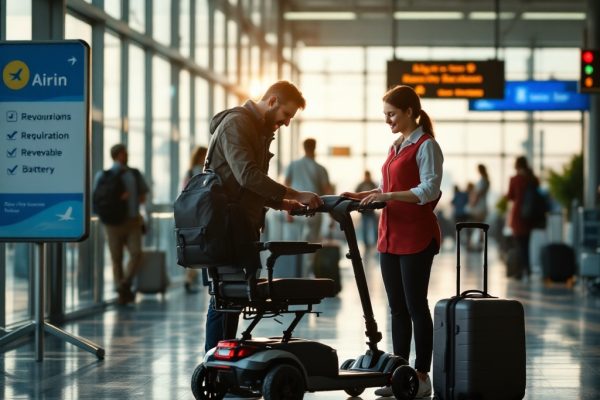Why Is Airport Food So Expensive and How to Save Money
Ever wondered why airport food costs so much? High rents, limited competition, and increased operating expenses all contribute to inflated prices. This article explores the “captive audience” effect, vendor challenges, and the impact of overhead costs on your wallet. Discover how vendors set prices and, most importantly, learn practical tips to save money on your next trip, like packing snacks and utilizing airport lounge benefits. Read on to avoid airport sticker shock and keep your travel budget in check.
Important information
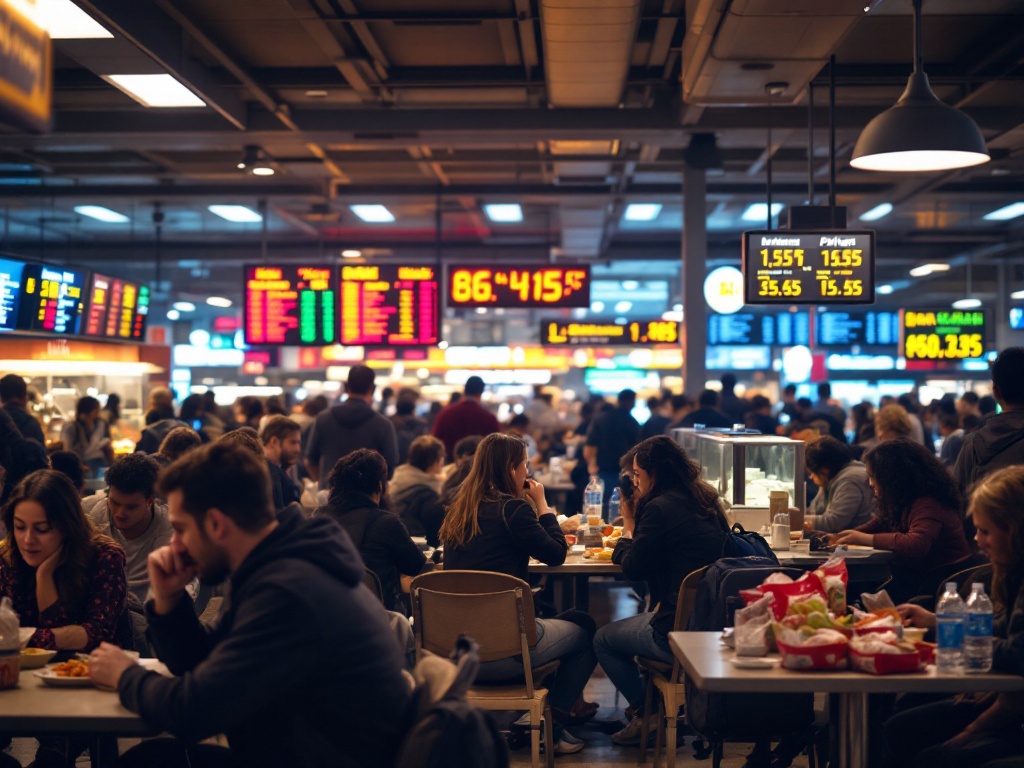
- High operating costs, like rent and staffing, significantly increase airport food prices.
- Limited competition among vendors creates a “captive audience,” allowing for inflated prices.
- Employee turnover contributes to higher training costs, impacting food prices.
- Despite some price controls, airport food remains expensive due to overhead.
- Save money by packing your own snacks and refilling a water bottle after security.
Why Is Airport Food So Expensive?
Airport dining is notoriously pricey due to several contributing factors. High rent and operating costs for vendors significantly impact food prices.
Limited competition allows vendors to charge more, capitalizing on the “captive audience” of travelers with fewer dining options. The added expenses of transportation, labor, and logistics inflate overhead, ultimately driving up meal costs.
The Captive Audience Effect on Pricing
Limited dining options within airports often trap hurried travelers.
This lack of competition inflates prices, as vendors capitalize on the demand for quick meals, charging a premium for convenience.
Impact of High Overhead Costs
Airport dining is expensive primarily because of high overhead costs. Rent and staffing contribute significantly to this, along with stringent security protocols. These factors increase operating costs for vendors, who then pass the expense on to consumers through higher food prices. For example, airport staffing involves costly recruitment and training, often with higher wage requirements due to the specialized operational demands of the airport environment.
Effect of High Rent on Food Prices
Airport food is often expensive due to the high rents vendors face. Airport authorities try to control this with pricing strategies like capping essential item costs and offering occasional discounts. However, eating at the airport is usually still expensive.
Vendor Challenges and Staff Retention
High employee turnover at airports presents a significant challenge for vendors, increasing training costs and driving up food prices for travelers. This constant staff churn makes it difficult to maintain consistent service, negatively impacting the customer experience. The demanding schedules and competition from other businesses exacerbate the problem, making employee retention a struggle. This creates a cascade of issues for airport vendors. For example, new employees require extensive training on airport procedures, safety protocols, and customer service, adding to operational costs. These costs are often passed on to consumers through higher food prices. Moreover, inconsistent staffing can lead to longer wait times, reduced service quality, and ultimately, customer dissatisfaction. This can damage a vendor’s reputation and negatively impact their bottom line. The high turnover rate also makes it difficult to build a strong team and foster a positive work environment, further contributing to the cycle of attrition.
Role of Training Costs in Pricing
High employee turnover at airports significantly impacts vendors, forcing them to invest more in training. These rising costs subsequently increase food prices, as vendors must maintain profitability.
Airport Policies and Price Restrictions
Airport vendors face a pricing dilemma. They operate under strict price controls, usually limited to 10% above standard retail prices for similar items. However, high operating costs, including rent and utilities, make it difficult to lower prices significantly. Therefore, despite the price caps, airport goods remain costly.
How Vendors Set Airport Food Prices
Airport vendors set prices by considering overhead, rent, and market analysis. They evaluate their costs and competitor pricing, often benchmarking against higher-priced vendors to justify premium charges. This practice may not reflect true value, as seen with inflated prices for items like bottled water. Furthermore, limited choices restrict captive consumers.
Factors Influencing Airport Vendor Pricing
- overhead costs,
- rent,
- market analysis.
Vendors’ Pricing Strategies
- evaluating their costs,
- analyzing competitor pricing,
- benchmarking against higher-priced vendors to justify premium charges.
This practice often leads to inflated prices, particularly for essential items like bottled water, not reflecting true value. The limited choices available further restrict captive consumers.
How to Save Money on Airport Food
Save money by packing snacks, such as sandwiches, fruit, nuts, and protein bars. Remember to bring an empty water bottle to fill after security. Alternatively, if you have a credit card with lounge access, enjoy the complimentary food and drinks offered there.
Pack Your Own Snacks and Meals
Save money and eat healthier by packing your own airport snacks. Instead of buying overpriced food at the airport, pack sandwiches, fruit, nuts, or protein bars. This way, you’ll have control over both your diet and your budget.
Bring an Empty Water Bottle
Bring an empty reusable water bottle and fill it at a refill station after security to avoid buying expensive airport bottled water. Most airports offer this amenity.
Utilize Airport Lounges and Credit Card Benefits
Enhance your airport experience with complimentary food and drinks in relaxing airport lounges. Many credit cards and programs, like Priority Pass, offer this perk, saving you money on airport refreshments. Check your card’s benefits for lounge access.
